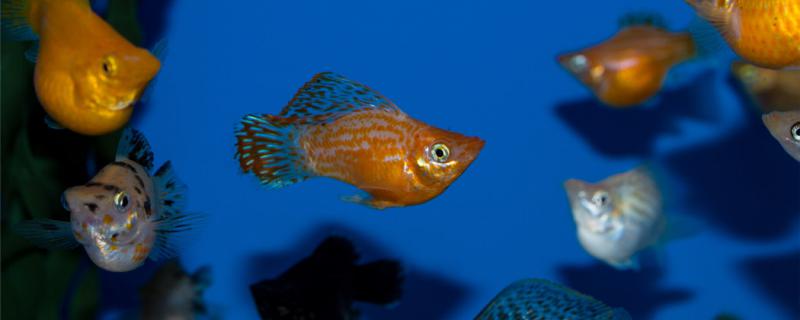
Mary fish can have the following kinds of phenomena after be pregnant:
1, bodily form change: After Mary fish is pregnant, their abdomen can gradually bulge greaten, the position that is close to genital mouth again additionally also can see a black spot, as the time that later period is pregnant is lengthened. The color of this black spot will become darker and darker.
2. Temperament changes: After they are pregnant, their temper will also change. They will become unusually irritable. For example, they will actively attack the fish close to them. They like to stay alone in the tank and do not like to swim. At the same time, they are accompanied by loss of appetite and listlessness.
after pregnancy? After pregnancy, breeders should pay attention to the following issues:
1. Ensure the water quality: During pregnancy, they should ensure the cleanliness of the water quality. It is best to change a quarter of the water for them every day. The PH value of the water should be controlled between 7.0 and 7.5. The hardness is kept between 9 and 11.
2. Control the water temperature: They are very sensitive to changes in water temperature after pregnancy. It is best to keep the water temperature constant and control it at about 25 degrees. When changing water, avoid large-scale fluctuations in water temperature, so as not to stimulate their stress response.
3. Control feeding: feed them regularly and quantitatively, and follow the principle of eating less and more meals.